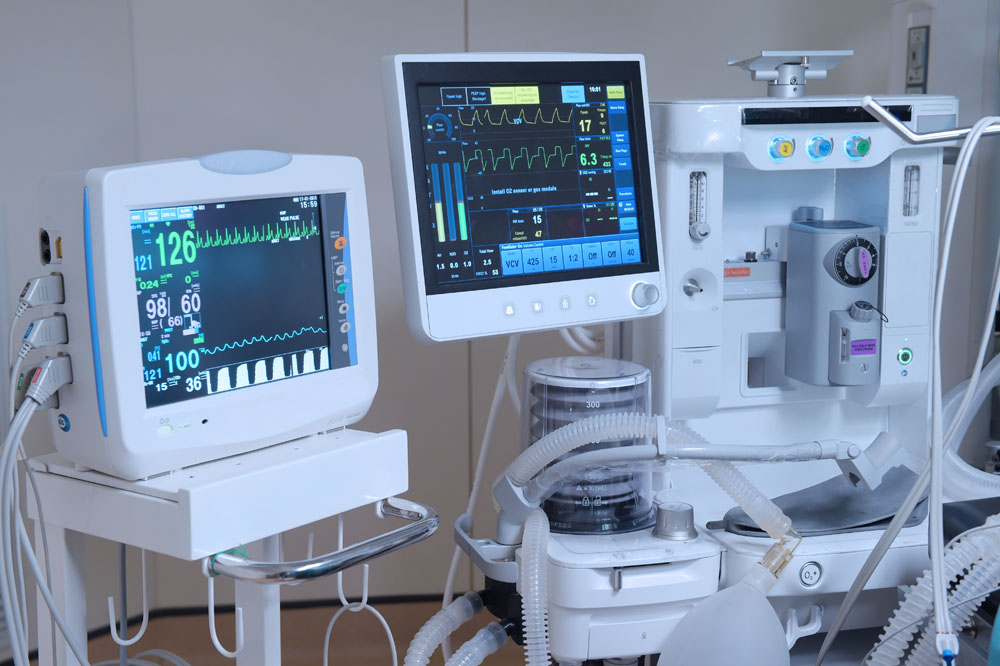This website uses cookies so that we can provide you with the best user experience possible. Cookie information is stored in your browser and performs functions such as recognising you when you return to our website and helping our team to understand which sections of the website you find most interesting and useful.
Nickel Silver Chemical Etching
Fotofab proudly offers precision chemical etching services for Nickel Silver, an electronic-grade alloy renowned for its high thermal and electrical conductivity. At Fotofab, our advanced etching process utilizes Ferric Chloride to meticulously craft designs that endure even the most challenging indoor and outdoor environments.
Discover the versatility and precision of Nickel Silver etching and how it can enhance your project specifications.
Nickel Silver Chemical Etching
Nickel Silver is an electronic-grade alloy with high thermal and electrical conductivity characteristics. Despite the alloy’s name and shiny appearance, it contains no Silver.
Primarily comprised of Copper, Nickel, and Zinc, Nickel Silver is hard, malleable, ductile, corrosion-resistant, and non-magnetic. The usual formulation is 60% Copper, 20% Nickel, and 20% Zinc. The alloy we most often use is Alloy 770 (55% Cu, 18% Ni, 27% Zi).Fotofab’s chemical etching process produces designs that can withstand harsh indoor and outdoor environments. The process uses an acid (Ferric Chloride) to etch into unprotected parts of a metal surface to create a design or image formed to your project’s specifications.
Characteristics of Nickel Silver
- Silvery-white color
- Hard, malleable, ductile, and nonmagnetic
- Anti-galling properties
- Excellent cryogenic performance
Fotofab is committed to quality.






The Benefits of Nickel Etching
Excellent Corrosion Resistance
Pure nickel and nickel alloys, including nickel iron alloys, are known for their excellent resistance to corrosion. This makes them the preferred material for etching applications in corrosive environments and high temperatures. They can withstand prolonged exposure to acidic solutions used in the etching process without degrading their integrity.
High Thermal Conductivity
Nickel, including nickel alloys and nickel iron alloys, exhibits high thermal conductivity, facilitating rapid heat dissipation during the etching process. This property is crucial in preventing overheating of the material and ensuring the desired etching results.
Easy to Etch
Pure nickel and nickel alloys are relatively soft materials compared to alternatives like stainless steel, making them easier to etch. This characteristic enables the use of less aggressive etchants, reducing the likelihood of undercutting and other undesirable effects during the etching process.
Precision and Complexity
Etching, particularly on nickel-based materials, allows for the creation of intricate geometries, microstructures, and patterns that may be challenging to achieve using traditional mechanical fabrication methods. By precisely controlling the etching parameters, extremely fine etching can be achieved with high accuracy, meeting the demands of precise metal manufacturing.
Processing Speed and Cost-Effectiveness
Etching offers faster processing speeds, particularly in large-scale industrial applications, compared to traditional mechanical fabrication methods when working with nickel and its alloys. Additionally, etching can be more cost-effective due to reduced material waste and simplified processing steps, especially for small to medium production runs.
Design Flexibility
Using photo etching services on nickel and its alloys provides greater design flexibility. This flexibility enables the creation of complex patterns and intricate designs suitable for various industries.
Nickel Silver Chemical Etching Applications
By varying the levels of Copper, Nickel, Zinc and other metals in Nickel Silver formulations, the alloy can exhibit differing levels of electrical conductivity, corrosion resistance, and appearance. As a result, Nickel Silver is used in a variety of applications, including:
- Jewelry
- Audio components
- Marine fittings
- Anodes
- Food and sanitation fittings
- Lead wires
- Fuel cells
- Battery casings
- Packaging
- Lids
Other Factors
- When exposed to oxygen for long time periods, Nickel Silver develops a protective oxide or patina that turns brownish-green
- Ideal for welding and soldering with the addition of lead
- All modern, commercially important Nickel Silvers (such as those standardized ASTM B 122) contain significant amounts of Zinc and are sometimes considered a subset of Brass
- Also known as Maillechort, German Silver, Argentan, New Silver, Nickel Brass, Albata, and Alpacca
Leveraging Nickel Silver with Fotofab
Our dedication to producing the highest quality precision metal components through chemical etching is reinforced by our certifications (ISO & AS9100D, ITAR Registration, RoHS compliance). Fotofab stands ready, whether for rapid prototyping or full-scale production of Nickel Silver components.
Contact Our Precision Etching Experts today to discuss how we can integrate Fotofab’s advanced Nickel Silver etching capabilities into your next metal component project.



